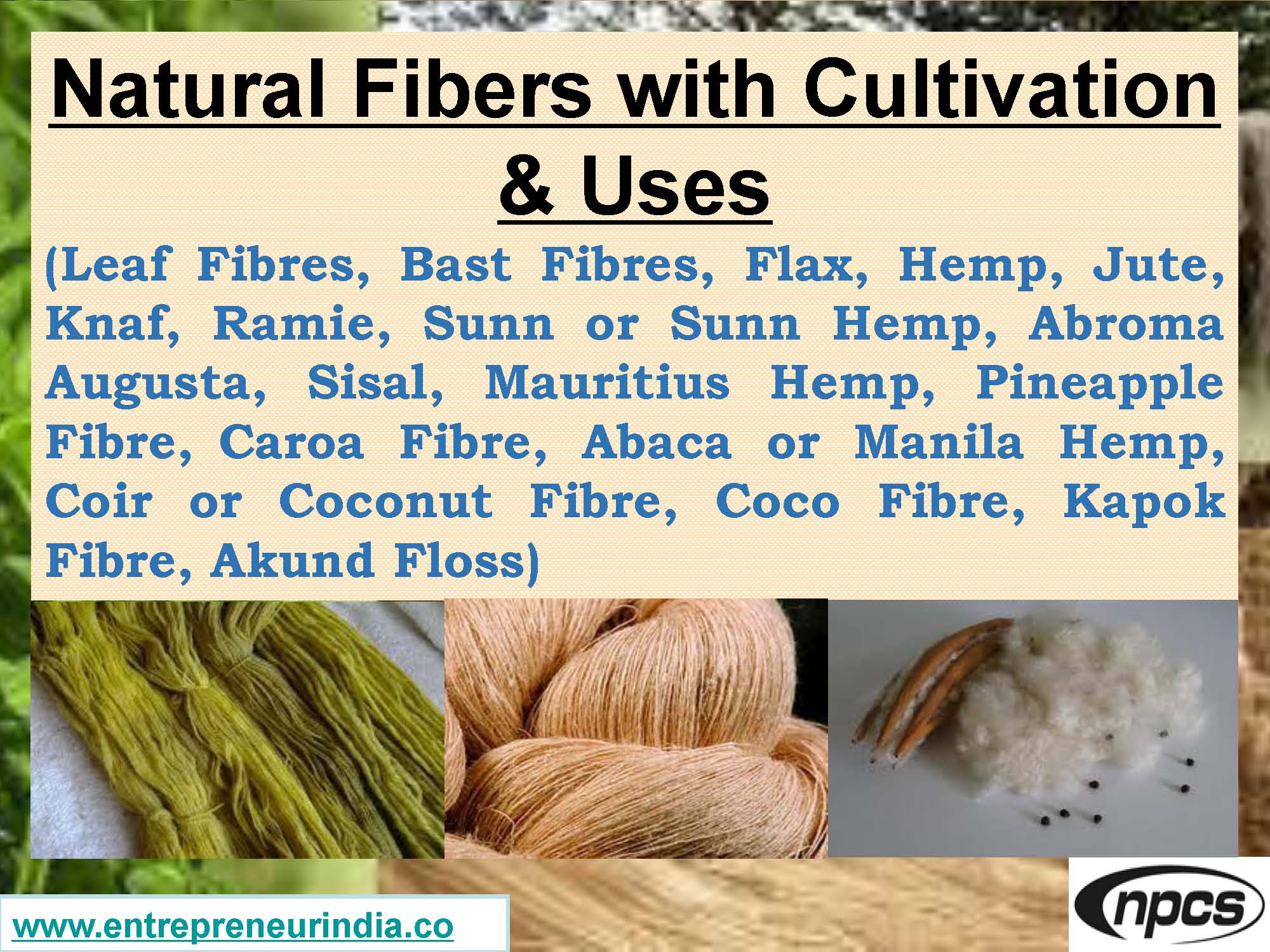
Natural fibers have gained increasing attention in recent years due to their eco-friendly properties and wide range of applications. From clothing and construction to agriculture and handicrafts, these fibers provide a sustainable alternative to synthetic materials. The keyword natural-fibers-with-cultivation-uses-leaf-fibres-bast-fibres-flax-hemp-jute-knaf-ramie-sunn-or-sunn-hemp-abroma-augusta-sisal-mauritius-hemp-pineapple-fibre-caroa-fibre-abaca-or-ma encompasses various plant-based fiber sources, each with its own unique properties and benefits. Moreover, these fibers are biodegradable and renewable, making them essential components in the push toward a greener planet. By understanding how these fibers are cultivated and used, we gain valuable insight into their economic and environmental impact. Let’s explore how these diverse natural fibers shape sustainable industries globally.
Understanding Natural Fibers: Cultivation and Uses
Natural fibers are typically classified based on the plant part they originate from—bast (stem), leaf, seed, or fruit. Their cultivation methods vary depending on climate, soil type, and desired end-use. In this section, we explore key natural fibers like flax, hemp, jute, ramie, sisal, and others in terms of how they’re grown, processed, and applied. As a result, industries such as textiles, packaging, and construction continue to expand their dependence on these versatile materials.
See Also : September 2017 Entrepreneur
Bast Fibres: Flax, Hemp, Jute, Ramie, and Sunn Hemp
Bast fibers are obtained from the phloem or inner bark of certain plants. Flax, known for producing linen, requires cool climates and loamy soil. Its stalks are harvested before seed ripening, then retted and scutched to extract the fiber. Hemp grows well in well-drained soils and needs minimal pesticides. It is widely used for ropes, fabrics, and composites. Jute, one of the most affordable fibers, thrives in warm, humid climates like India and Bangladesh, and it’s primarily used for sacks, mats, and ropes. Ramie, native to Asia, is strong and lustrous but requires chemical treatment for degumming. Sunn hemp, or Crotalaria juncea, is a fast-growing legume often used as green manure and a bast fiber source, valued for improving soil fertility while providing a durable textile material.
Leaf Fibres: Sisal, Mauritius Hemp, Pineapple Fibre, and Abaca
Leaf fibers are derived from the vascular bundles in plant leaves and tend to be coarser than bast fibers. Sisal, from Agave sisalana, is hardy and drought-resistant, grown mainly in East Africa and Brazil. Its strong fibers are ideal for ropes, mats, and paper. Mauritius hemp is a lesser-known but useful fiber plant from the Furcraea genus, valued for coarse textiles. Pineapple fiber, extracted from the Ananas comosus plant, is soft yet durable, traditionally used in Filipino garments. Abaca, or Manila hemp, belongs to the banana family and is prized for its strength, water resistance, and use in marine ropes and specialty papers. These leaf fibers not only support local economies but also offer biodegradable solutions for packaging and textiles.
Lesser-Known Fibres: Caroa, Abroma Augusta, and Others
While mainstream natural fibers dominate commercial markets, lesser-known options are gaining interest for niche uses. Caroa fiber, extracted from the Brazilian Neoglaziovia variegata plant, is employed in weaving and handicrafts due to its flexibility. Abroma Augusta, also known as Devil’s cotton, provides silky bast fibers and has medicinal properties as well. Knaf (or kenaf), a relative of hibiscus, is increasingly used in paper and bio-composites, especially in automotive interiors. These lesser-used fibers broaden the scope of the natural fiber economy and contribute to biodiversity in agriculture. In contrast to synthetic fibers, these options are fully compostable, making them highly attractive in today’s sustainability-driven market.
Environmental and Economic Importance
Natural fibers play a dual role—helping the environment while supporting rural economies. Cultivating bast and leaf fibers requires fewer chemicals compared to synthetic alternatives. Moreover, many of these crops enhance soil health through nitrogen fixation or erosion control. For instance, hemp and sunn hemp improve soil structure and reduce the need for artificial fertilizers. On the economic front, fiber cultivation creates jobs in farming, processing, and handicraft industries. As global demand for sustainable materials grows, countries that cultivate these fibers are experiencing renewed interest and investment. Consequently, this sector holds immense potential for inclusive green development.
Read More :Business to Start in Haryana
Conclusion
The growing demand for sustainable, biodegradable materials has renewed global interest in natural-fibers-with-cultivation-uses-leaf-fibres-bast-fibres-flax-hemp-jute-knaf-ramie-sunn-or-sunn-hemp-abroma-augusta-sisal-mauritius-hemp-pineapple-fibre-caroa-fibre-abaca-or-ma. These fibers offer versatile applications across industries while supporting ecological farming and rural economies. From bast to leaf to niche fibers, each source brings unique value in terms of strength, texture, and sustainability. Moreover, their cultivation often requires fewer inputs, making them environmentally responsible choices. As industries transition toward greener alternatives, the role of natural fibers will only expand. Investing in their cultivation and innovation is not just wise—it’s essential for a resilient, circular future.



